That said, we eventually concluded that Egypt - a mere 600 plus Km's from the Israeli border, would ultimately not be impacted by any violence resulting from military operations; we moved forward with plans to depart on schedule. On Wednesday afternoon - 3:30 PM, we landed in Cairo and our Viking Nile adventure was underway.
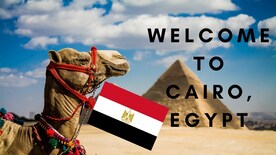
Our schedule indicated that we would spend the next 2 days in Cairo, spoke wheeling out to various areas within the city. On Saturday, we would board a chartered flight to Luxor and embark on the Viking Osiris to start our Nile adventure. Events will be recapped and presented by category, as opposed to a chronological sequence, allowing for a more comprehensive portrayal of each experience.
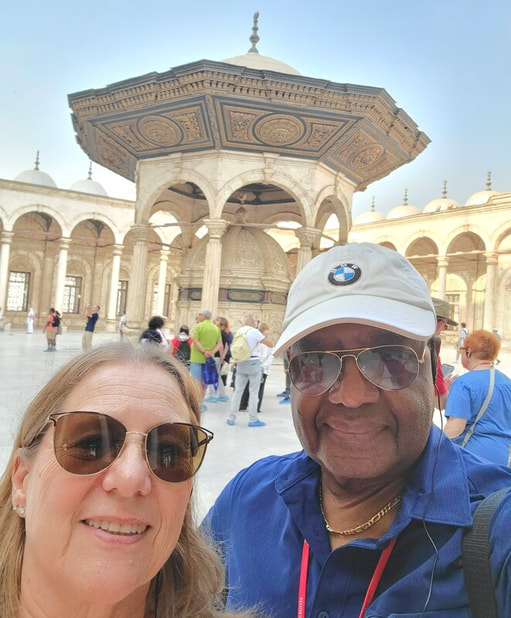
The history of Islam in Egypt is long and complicated - way too much to address in any detail. Sufficient to say, in today's world, Egypt is 90% Muslim; 10% Christian/other. Cairo and the surrounding towns/villages are dotted with mosques. Atop most mosques are speakers which blare the Call to Prayer announcement, five (5) times per day. The mosques, themselves are historic and are well revered by many, if not most.
Egyptian dress varies - western/secular wear as well as traditional Muslim garments. Both men and women wear the traditional clothing but allegedly without any religious significance. For women, we observed many in the full tunic, complete with face covering, to as little as the head cover only - hijab, combined with western wear - jeans, etc. Men wear the Thobe - an over-robe, usually with slacks of Jeans underneath but many are dressed in "normal" western wear without the robe.
As stated, there is no religious significance to dress; it is driven by regional customs. Maintaining the chastity of women stands ahead of religion; even though in some Muslim countries - e.g, Afghanistan, religious organizations enforce dress codes for women, under the banner of religion and usually with sexual overtones. Egypt appears not to engage in this practice, nonetheless, some of the mosques we visited required that women be "sufficiently covered" - if not, they were asked to either leave or don a robe. Pictured below are two women who were requested to "robe up". Also, observe a group of high school kids on a tour of the mosque - Note the cell phones. That said, the historical significance of dress is important and was an important driver for the crusaders, back in the 11th century. Not really knowing who or what was a Muslim, the Crusaders focused on dress as a key identifier; and summarily killed thousands of Christians, simply because of the way they were dressed.

This striking photograph of a beautiful young girl hawking in the market speaks volumes for the general mood of Cairo - children and adults alike. Selling is a front and center occupation for all; and the targets are the tourists. They are aggressive - this young girl being an exception. They don't back off, especially if you make eye contact or say something; then they follow for 15 minutes. The need is clearly understood; tourists provide a much needed revenue stream and the populous simply don't quit. But it did become annoying; much like running a gauntlet from point to point.
Products were in relative abundance - clothing, trinkets, statues and carvings and last but certainly not least, spices. Talk about an aromatic treat; all sinus issues cleared in a day. And let's not forget the "staff of Life" BREAD. The lines to buy bread form in a heartbeat as the "bakers" begin pulling them out of the ovens. We won't discuss the sanitary aspects of this process but it was a novelty to behold.
All toll, the market was an interesting adventure. Observe the tailor hard at work in his "tailor shop"; and the spices on full display in the open. I imagine any contamination is seen as a stimulant to one's immune system
That funny looking contraption was used to grind flax seeds to make oil. and finally, the upscale side of the market.
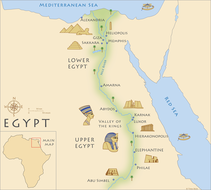
History tells us that small wooden boats started showing up on the Nile on or around 6,000 BC; that's approximately 8,000 years ago. This gave rise to small villages, which eventually combined and grew to form two Kingdoms, earmarked as Lower and Upper Egypt. On or around 3,100 BC these two regions combined to form what we know as Egypt. In order to maintain control over this vast region the early monarchs - Pharaohs, concocted the mythical story, which essentially had two parts - a) the Gods ruled Egypt; b) Pharaoh was the intermediary between God and the people. (hmm - this sounds so familiar)
Construction of the Pyramids commenced on or around 2700 BC. Egyptian royalty was obsessed with life and wanted it to continue after death. Embalming and mummifying were techniques developed to facilitate life after death and were totally accepted as a reality for the rulers and the wealthy. There are approximately 94 Pyramids in Egypt - the most prominent three - the Pyramids of Giza, are the ones usually on display - Menkaure, Khafre and Khufu. Shortly thereafter, or simultaneously, the Sphinx was created to be the symbolic protector of the Pyramids
After Greece and later Rome assumed dominance, Egypt gradually receded into the background. The Pyramids and the temples that manifested Egypt's glorious days were gradually buried in the shifting sands. On or around the early 19th century, European archaeologist/excavator, William Matthew Flinders, started the restoration process - opening the flood gates, if you will. Within a few decades, the Pyramids were unearthed and plundered. That said, to see what remains, in real time, is still a site to behold.
Pharaohs of the Old Kingdom were buried in the Pyramids of Giza, however, in subsequent periods, tombs, not Pyramids were constructed for these "modern day rulers". Today, known as the Valley of the Kings, this area was/is vast an extensive, as we will review in the next segment.
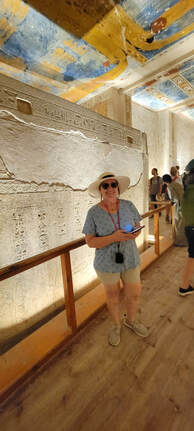
Pharaohs of the new Kingdom drifted away from Pyramids in preference for tombs, dug and submerged deep into caverns of a mountain range, and subsequently named Valley of the Kings For a more in depth narrative on this astounding history, click on the Blue to access.
That said, I'll share with you our experience wondering thru these tombs and passageways. The artistry of the paintings, sculptures and hieroglyphics are mind boggling; but even more so, it highlights the travesty that has been dealt to this once great nation and civilization. The alleged glory attributed to Greece and Rome was always center stage for these two countries. Greek Mythology and its litany of Gods - Zeus, etc; the strength and structure of the Roman Empire; and the supposed longevity of both.
However, walking thru the archives of this once great nation, two elements became abundantly clear - a) the Greeks and later Rome both got their ideas from Egypt; Greek Mythology is a mirror image of what was established and enacted in Egypt; b) Egyptian civilization was fully developed by 4000 BC - having come on the scene 2,000 years earlier and thrived for over 3,000 years. The Greeks and later the Romans had a civilization time lapse of no more than 600 years, each - start to end; and be amazed at how similar they both were to the Egyptian framework. A strong case for patent infringement. See the temples and statues in all their glory and compare to those of Greece and Rome; the latter pales by comparison.
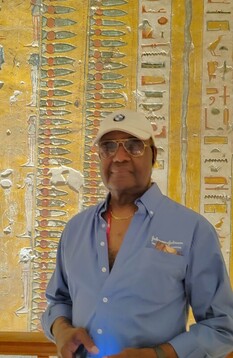
Over the 3,000 plus years of active history, Egypt had a total of 170 Pharaohs. Seven (7) women - the last female was Cleopatra and 163 men. The exact number of Pharaohs buried within the Pyramids could not be determined; only three (3) notables are recorded - mummies of Djoser, Khafre, Menkaure - Old Kingdom Pharaohs, and their descendants are known/thought to be in the Pyramids. All or at least most of New Kingdom Pharaohs are buried in the Valley of the Kings - this included the infamous Tut Ankh Amen - AKA King Tut: first five (5) pictures. The photographs do not do justice to the Real Time view. Observe the boy king's fan - made from ostrich feathers.
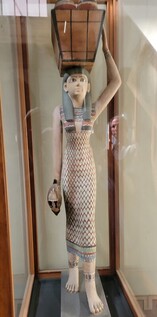
The statute on left is dated at 2100 BC. The image of a young Egyptian girl - presumed to be of a upper working class, noting the container balanced on her head but also for the adornments on her ankles. The facial expression, captured so long ago reflected, even today, in the faces of current Egyptian women.
Egyptians, dating all the way back to the Old Kingdom, were obsessed with documenting events. They did this in a sequential manner, over the mellenia using hieroglyphics. Throughout all the tombs the Egyptian story was told, century by century, millennia by millennia.
In addition to King Tut, we visited the tombs of Ramses - ll, lll and lV; Nefertari, to name four (4).
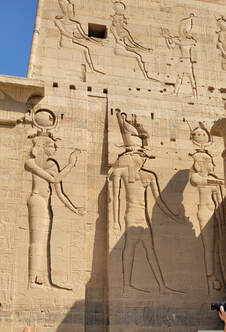
Antony & Cleopatra were real - the colossal flop of the movie, notwithstanding. Cleopatra's father was Greek by birth; her mother - albeit unknown, was Egyptian. The recent controversy about Cleopatra's skin color - fueled in large part by the Elizabeth Taylor visual, has merit on both sides. To suggest that Cleopatra could not be of a darker skin tone, is absurd, given what is known. Egyptians residing closer to the Mediterranean tend to have a lighter skin complexion; however that tone becomes increasing darker as one moves south.
This is not rocket science. It is not known what, exactly was Cleopatra's skin tone, however, the odds that she looked like Elizabeth Taylor is a stretch, at best.
The next section will focus on Nubia - its origins and current status.

Egypt had a total of four (4) Nubian Pharaohs over the millennia. The statue on the left was not of a Pharaoh but a well revered Nubian of the region - thought to be a mayor or the like - enough to earn himself a place in the Museum.
Our tour afforded us the opportunity to visit one of these villages to meet and mingle with the people living there. We departed that morning in a small river boat, which gave us an even closer look of the Nile, and headed out. An experience extraordinaire.

Lessons and instructions were given in three (3) languages - Nubianeze, Arabic and English. We stood there in awe and watched the children, as they easily switched among the three languages at the behest of the teacher. Kinda makes a mockery of the standing US mantra, which states that "... children are just not ready to take on learning a new language at an early age..."
The interaction with both the students and the teachers was pleasant and informative. We departed knowing so much more of these quaint and ancient people, who can trace their ancestry back to early biblical times.

This was our first river cruise. To be kind and generous, it was different; realistically for us, it was a bit disappointing. The vessel was decidedly smaller, but that was to be expected. Built in Cairo only two years prior, the Osiris was exclusively for the Nile. There were only two dining rooms with menu service only - no buffets. No gym; no spa and a bow to stern walk was less than 5 minutes. With only 80 guests aboard, meeting everyone was a breeze - assuming that was an objective. For us, it never was. That said, we did interact with more guests on this trip versus the previous two; and it was enjoyable. However, entertainment was limited to one lounge with a piano player (who wasn't very good) and a floor entertainment on two (2) of the seven (7) nights. So, if one was not much into drinking, back to the room was the natural next step, after dinner. Suite occupancy gave us access to the Captain on the Bridge; and that was a novel experience.
As is visible, the controls are all "joystick" size - gone are the two ft diameter wheels and cranking levers. During my brief moment of fame, I was able to vary the speed and direction; and could see an array of information, including but not limited to depth, width of the river - bank to bank, as we proceeded north, and any underwater obstructions. Awesome stuff.
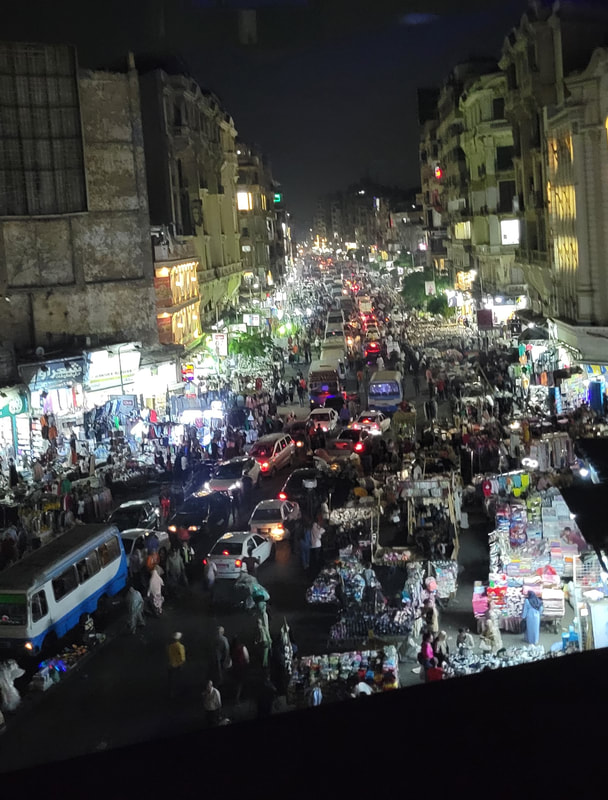
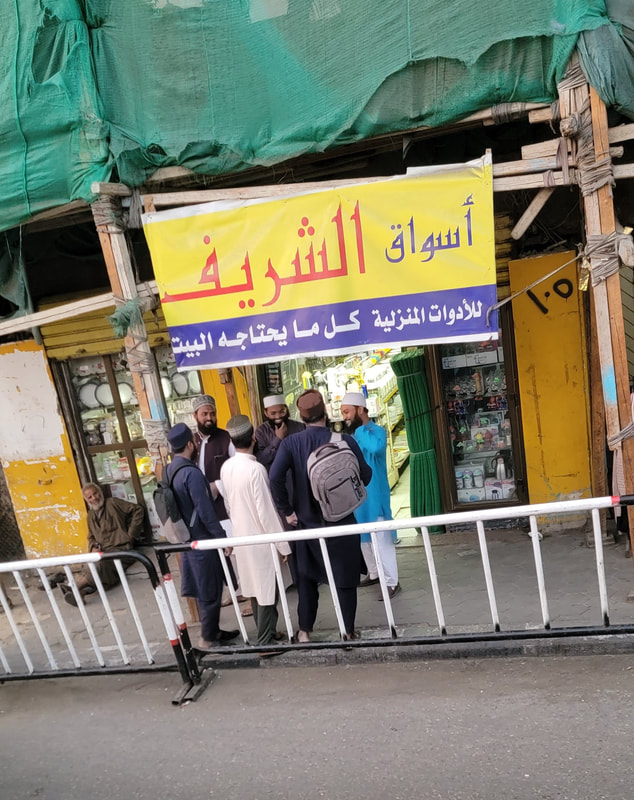
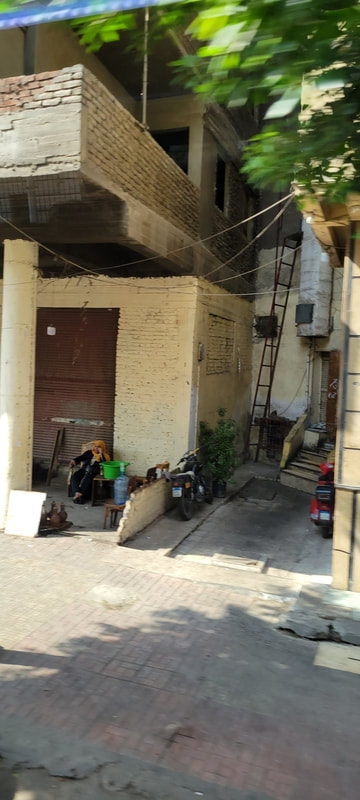
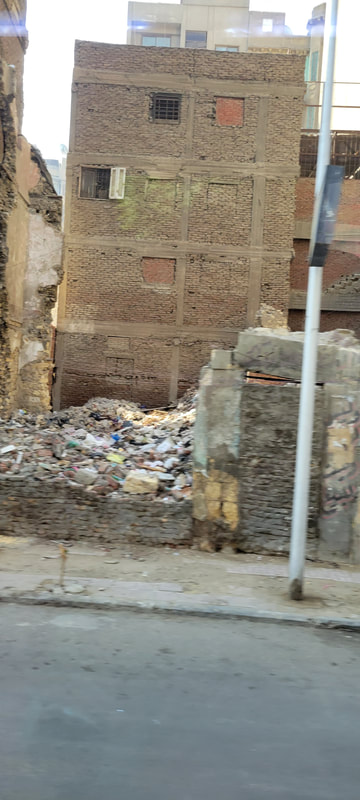
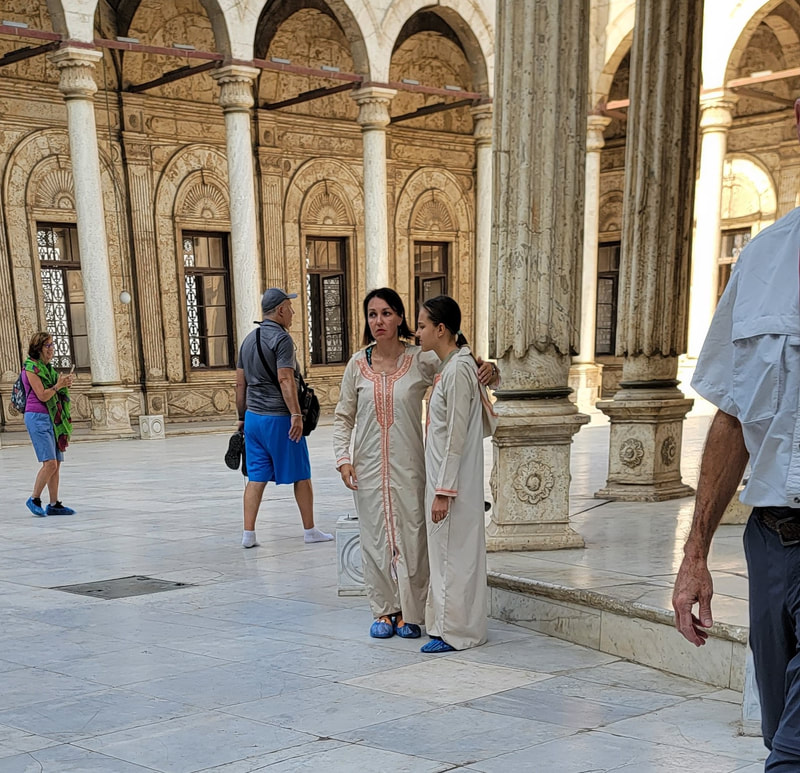
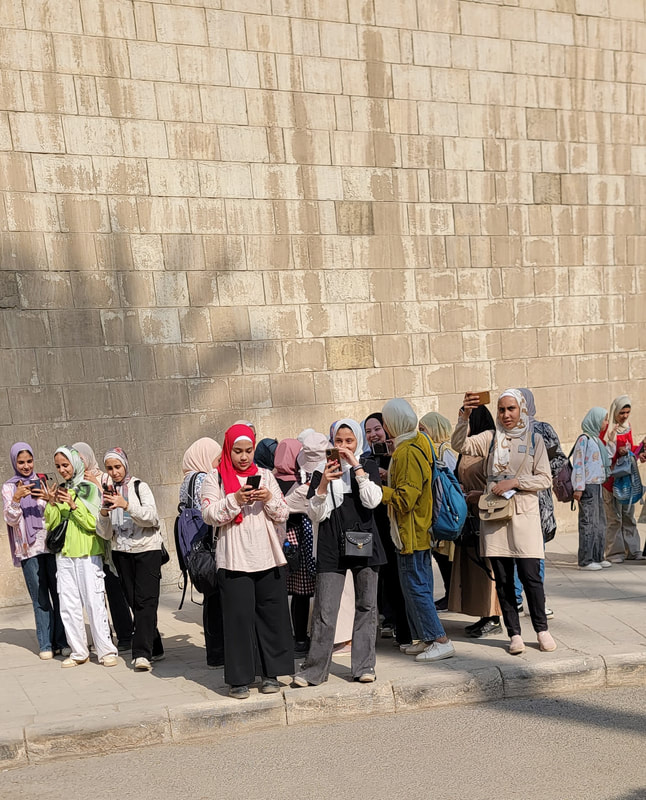
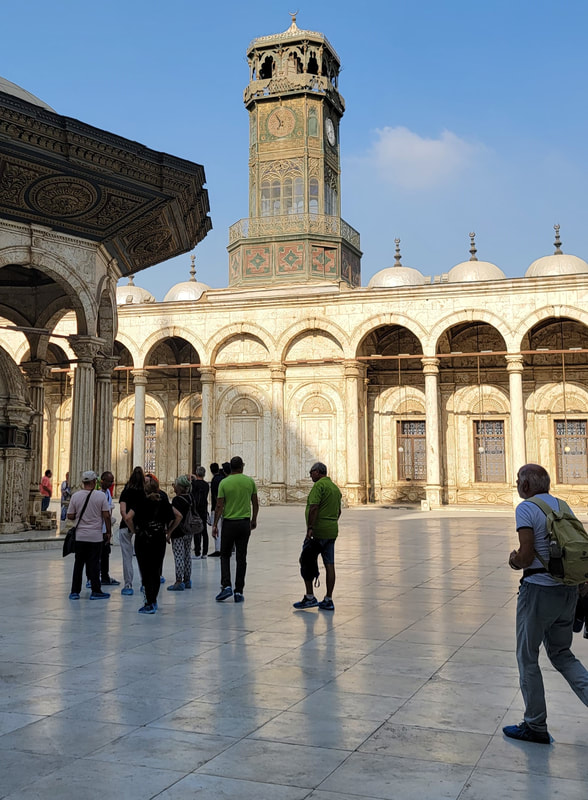
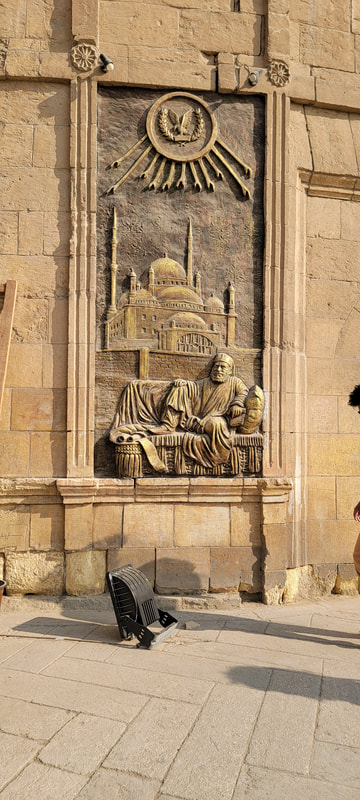
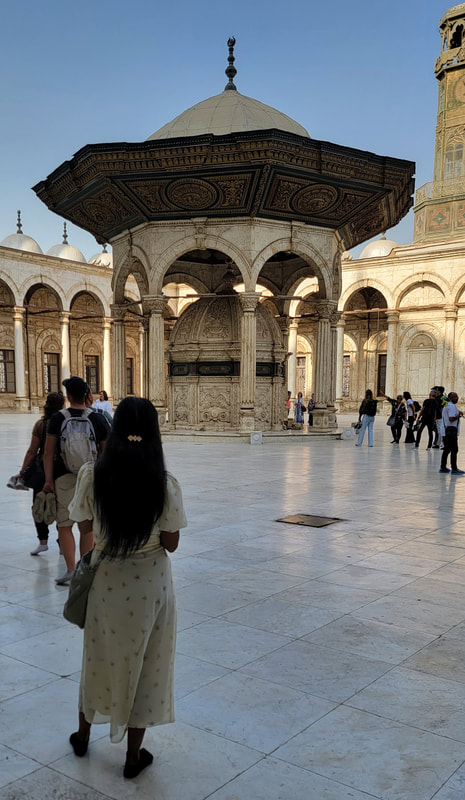
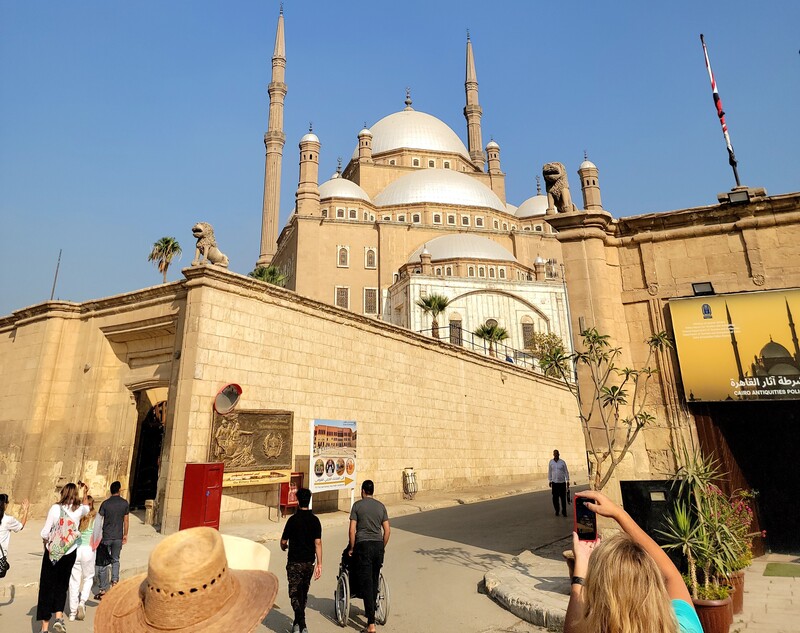
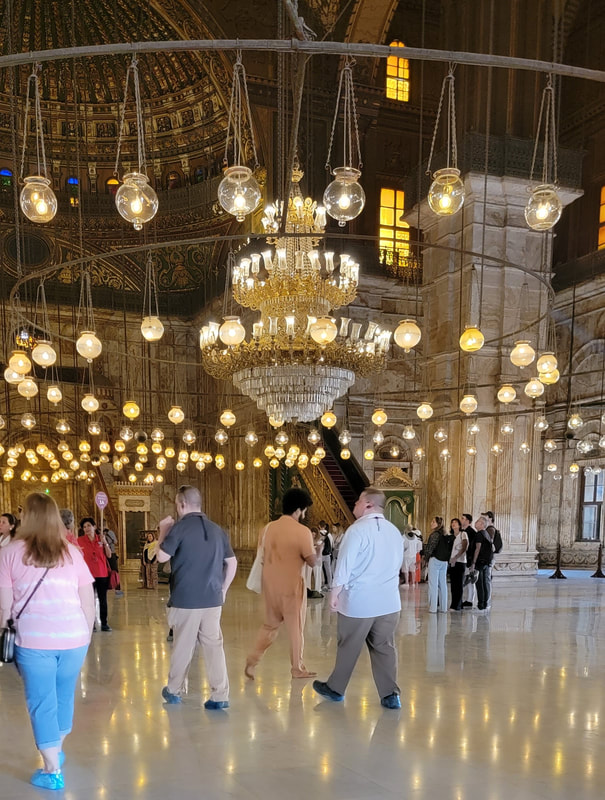
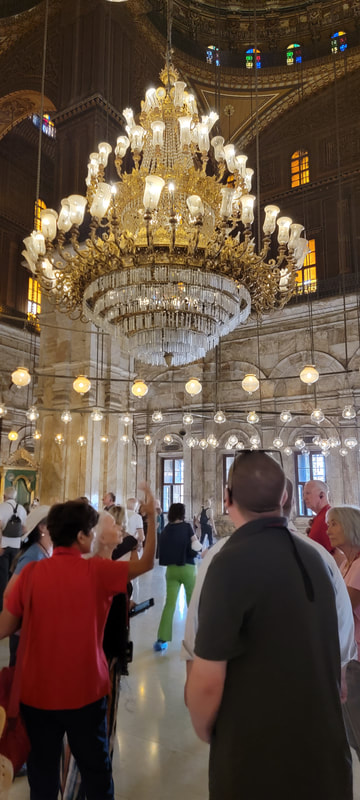
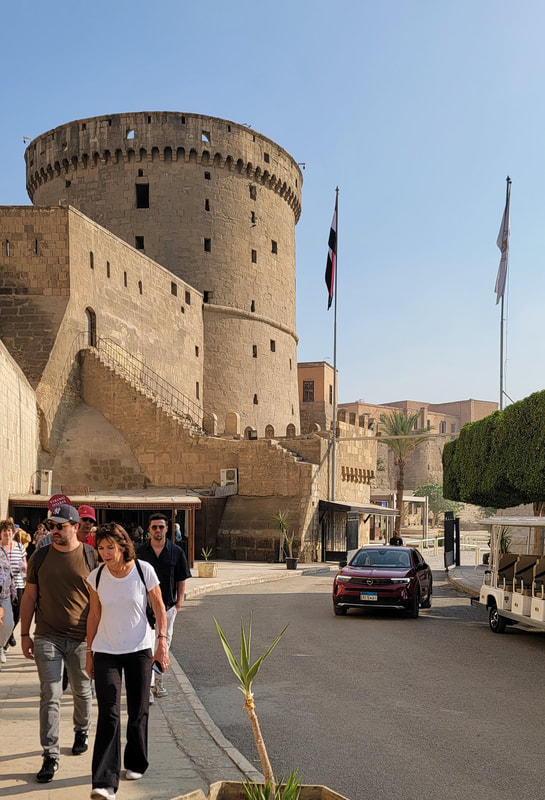
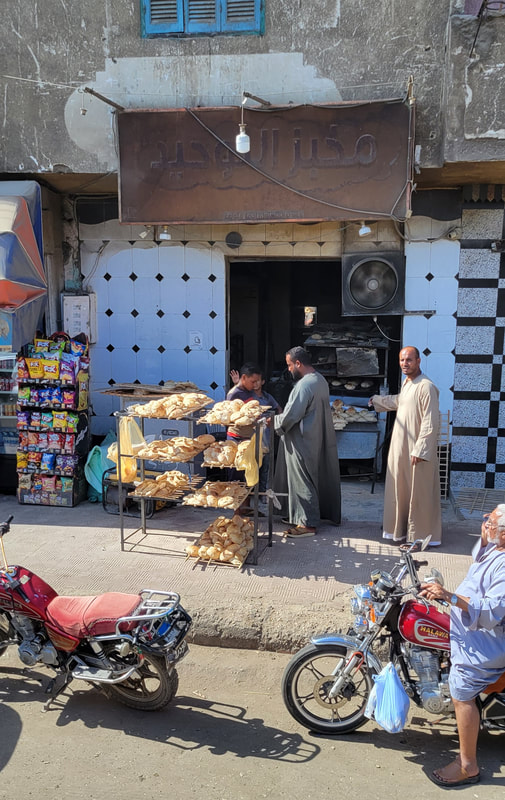
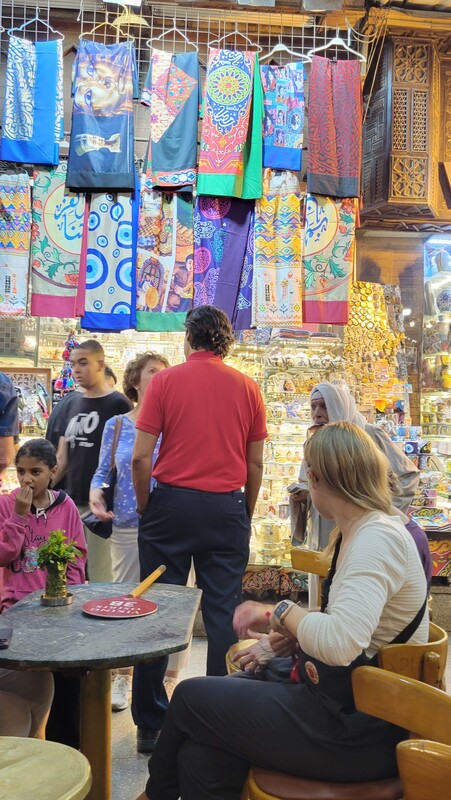
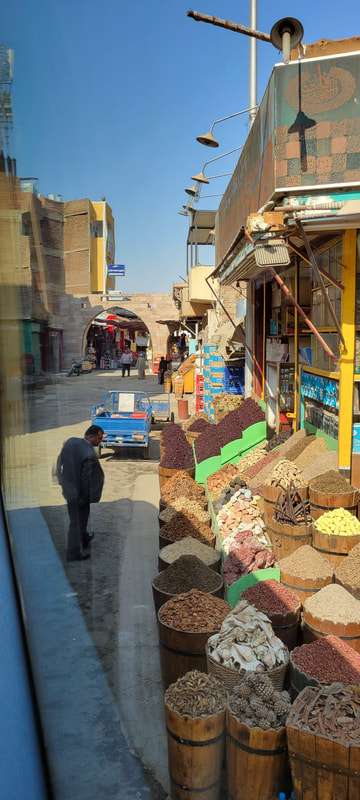
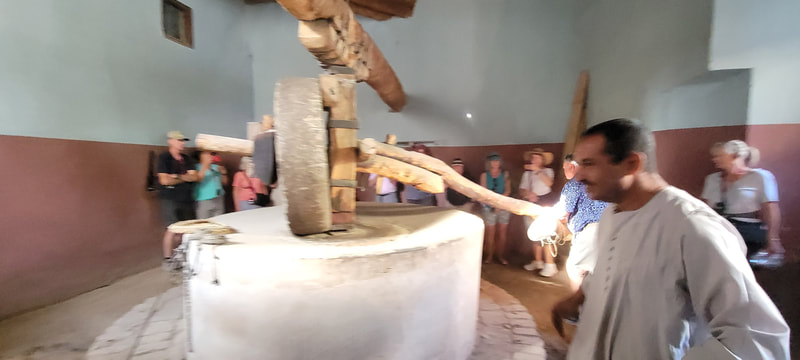
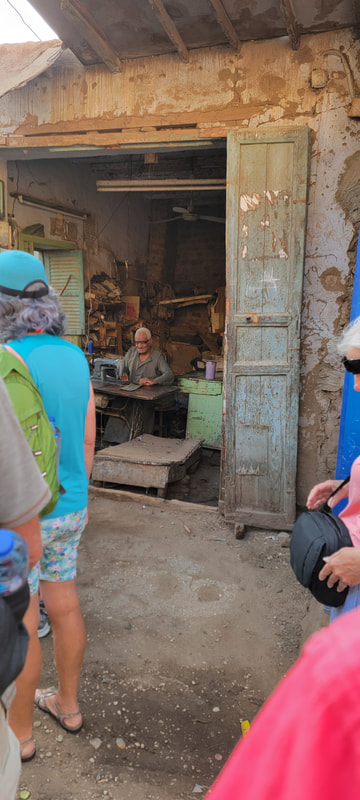
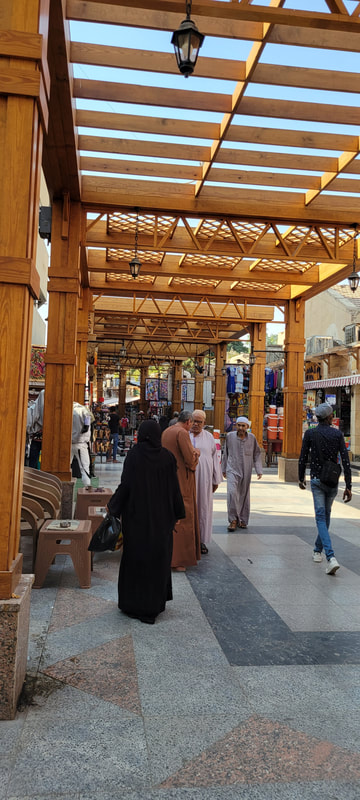
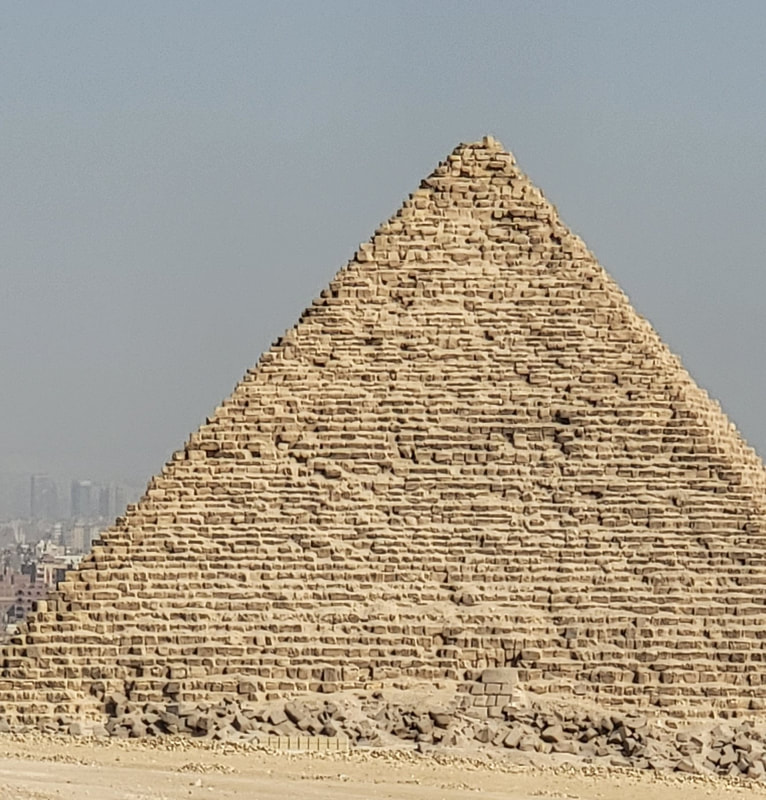
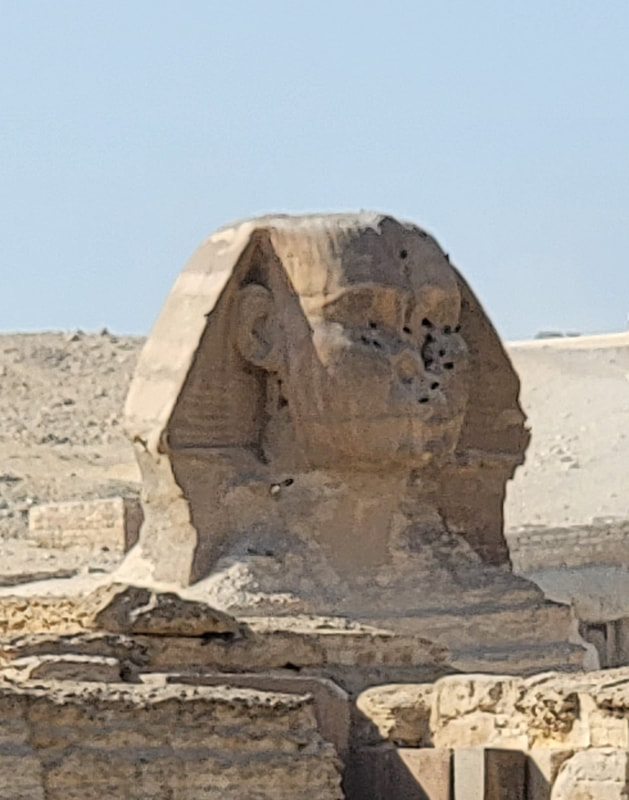
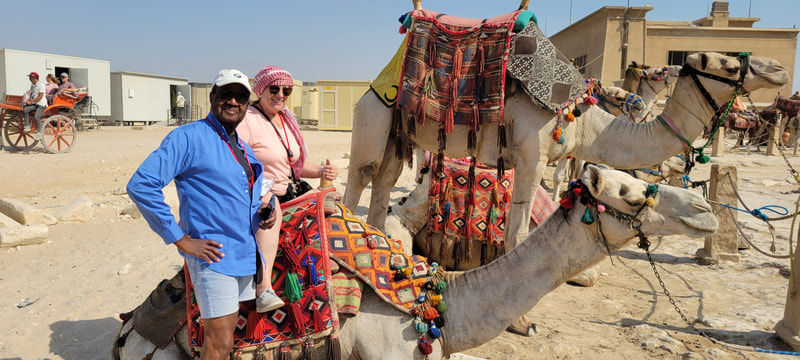
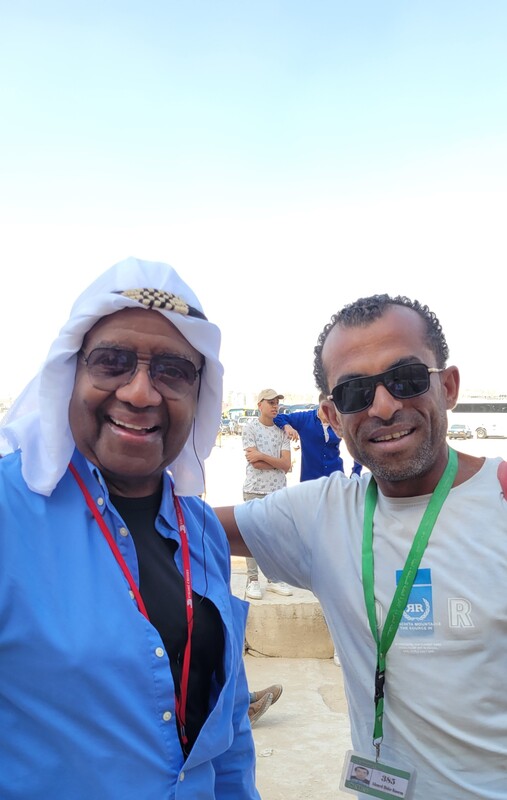
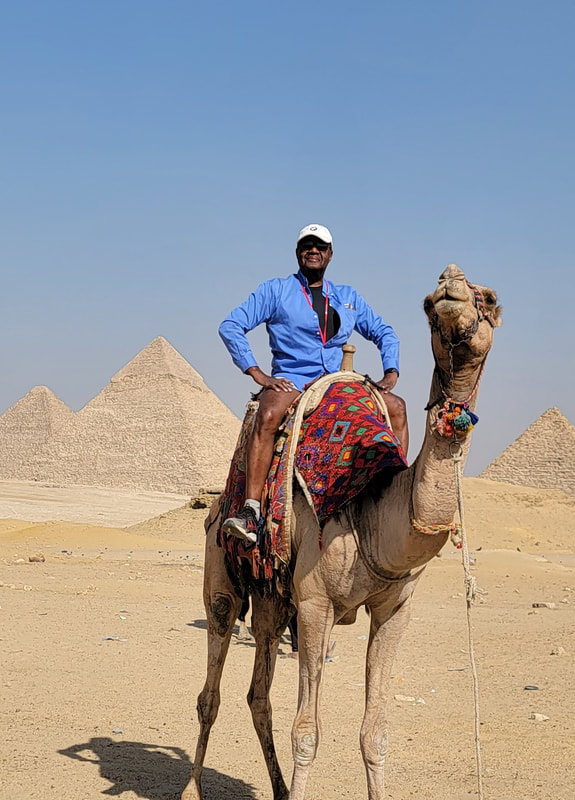
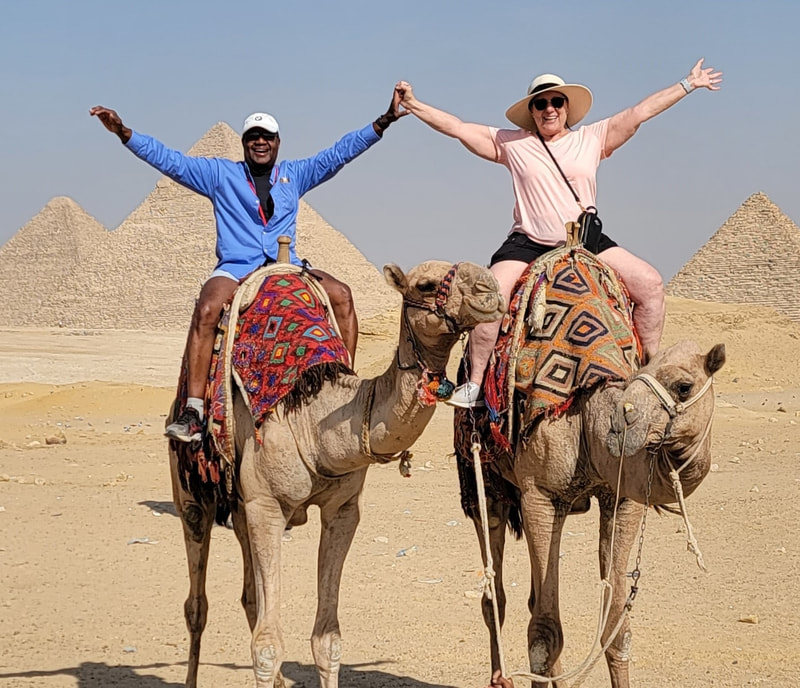
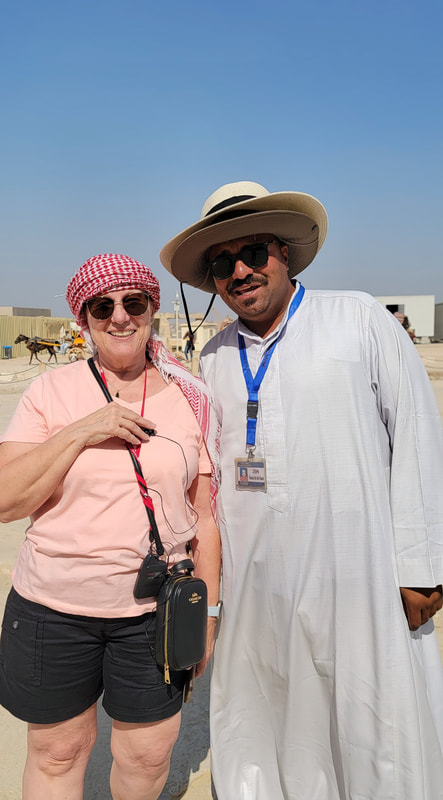
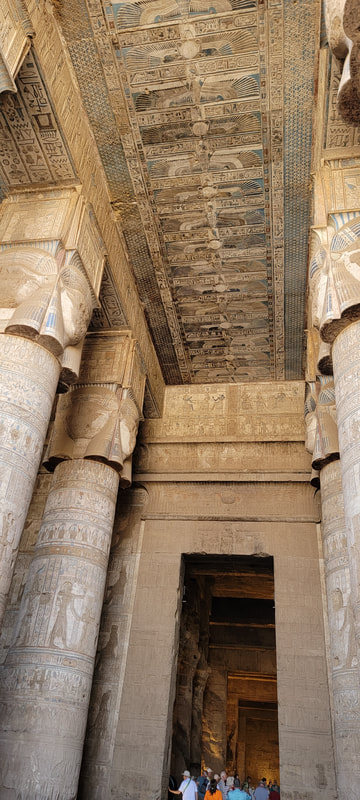
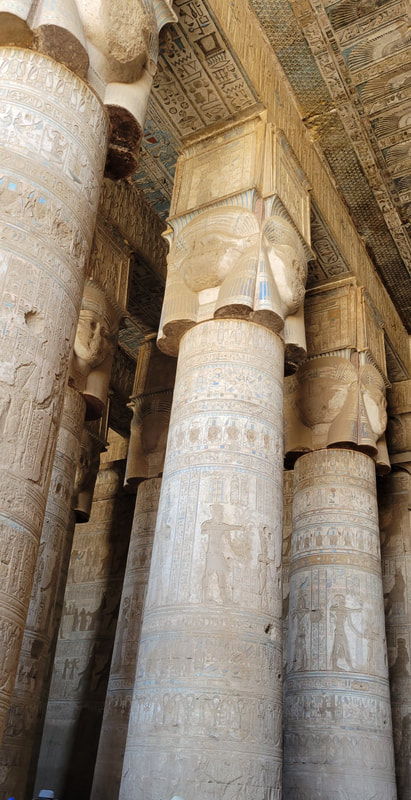
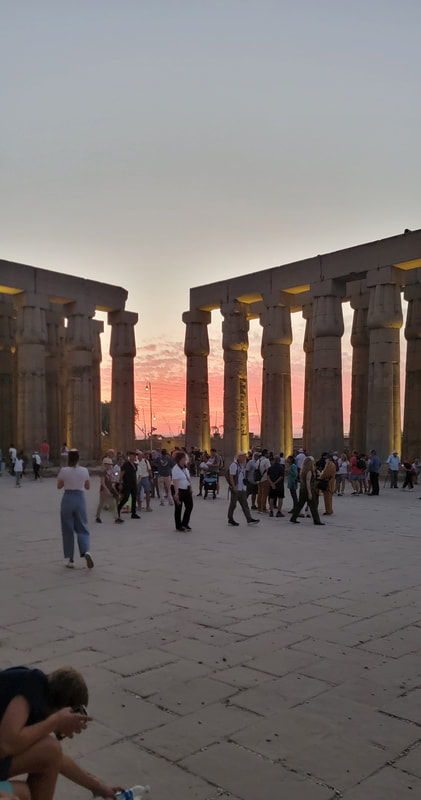
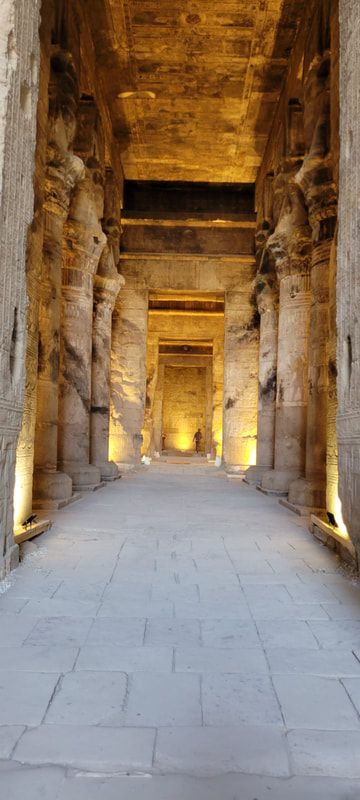
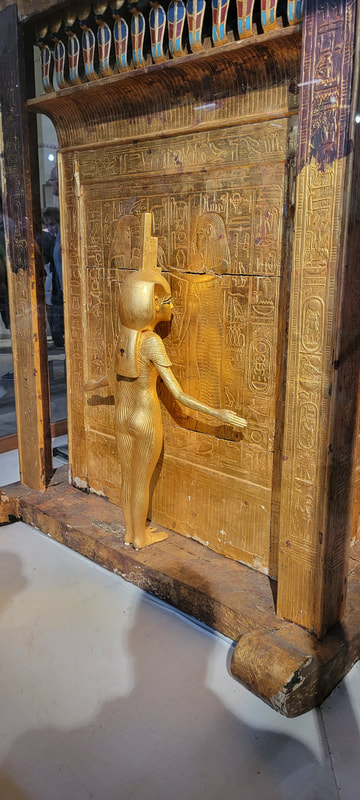
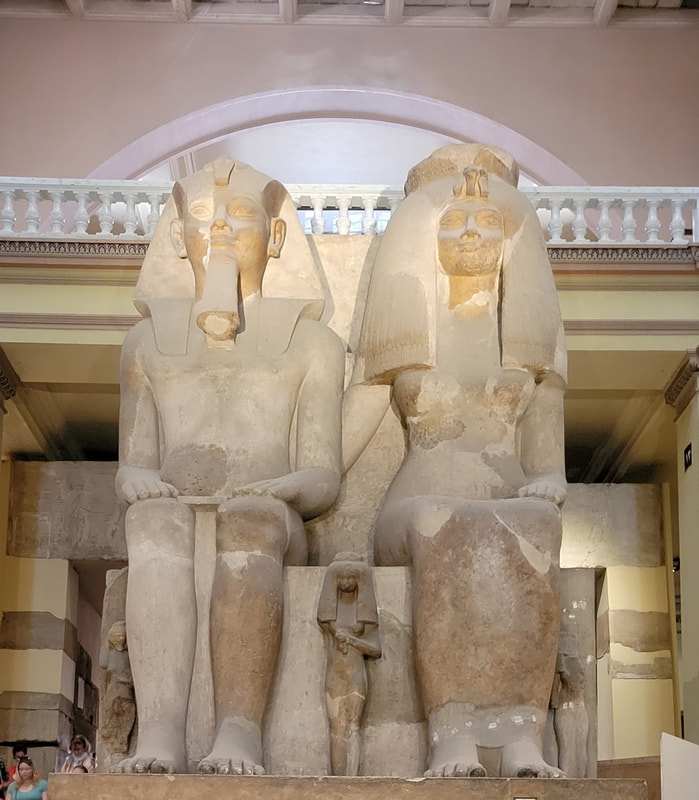

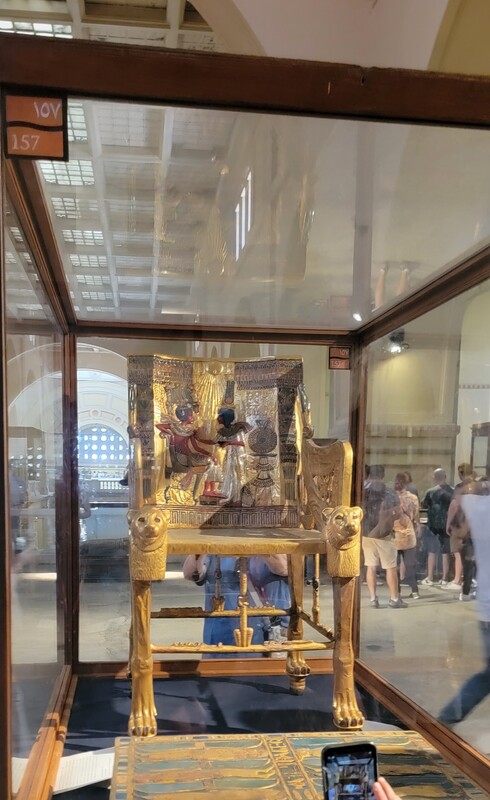
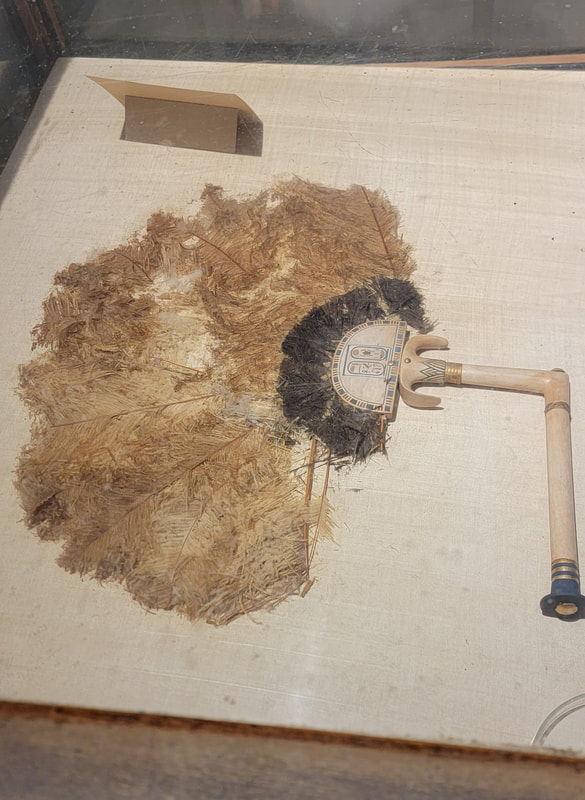
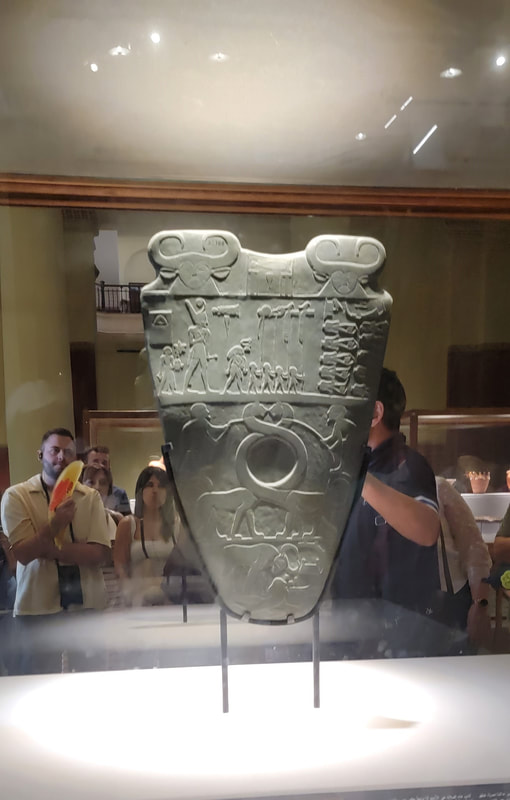
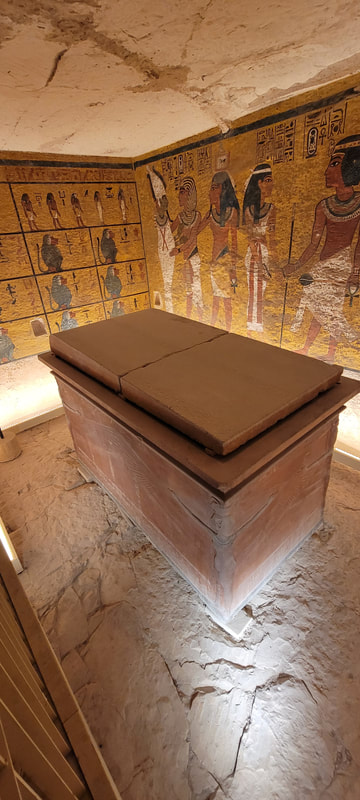
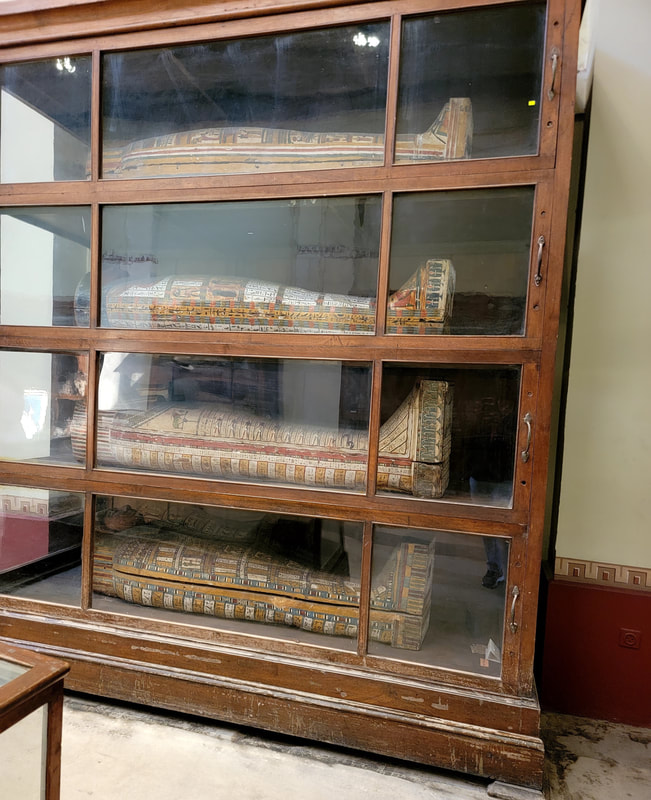
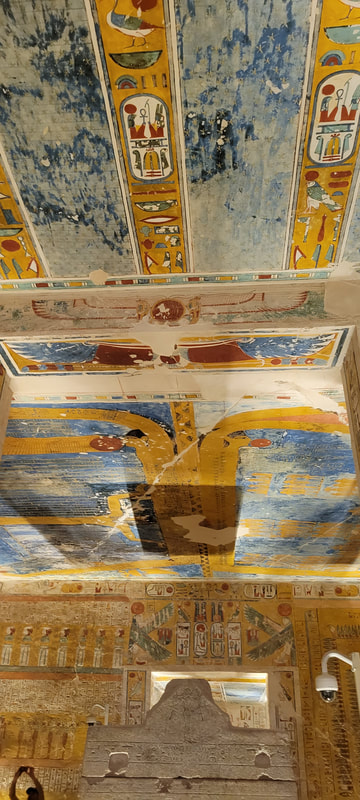
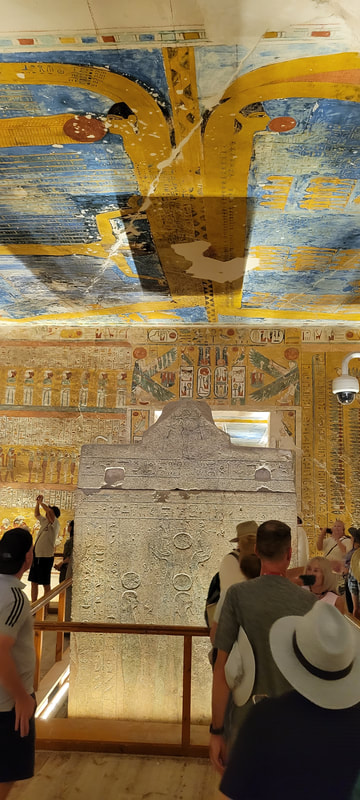

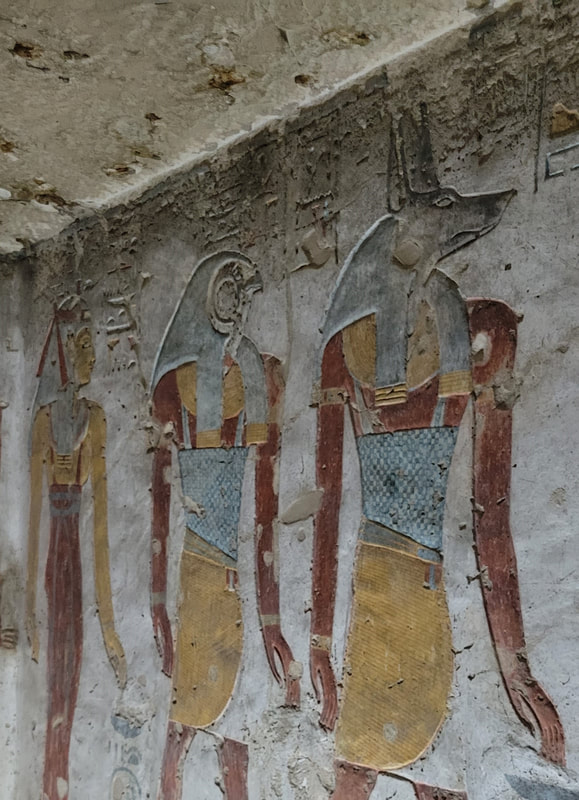

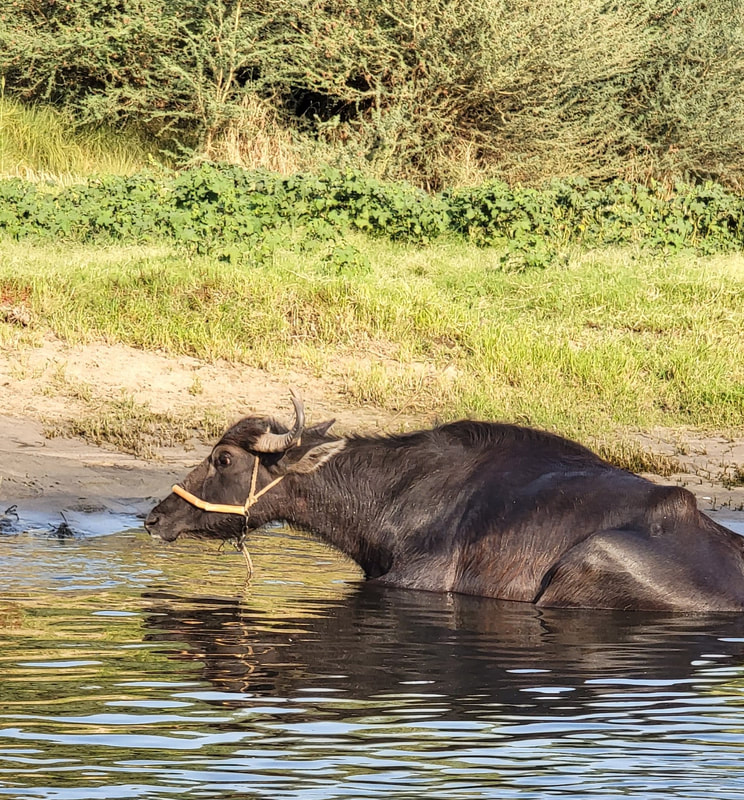
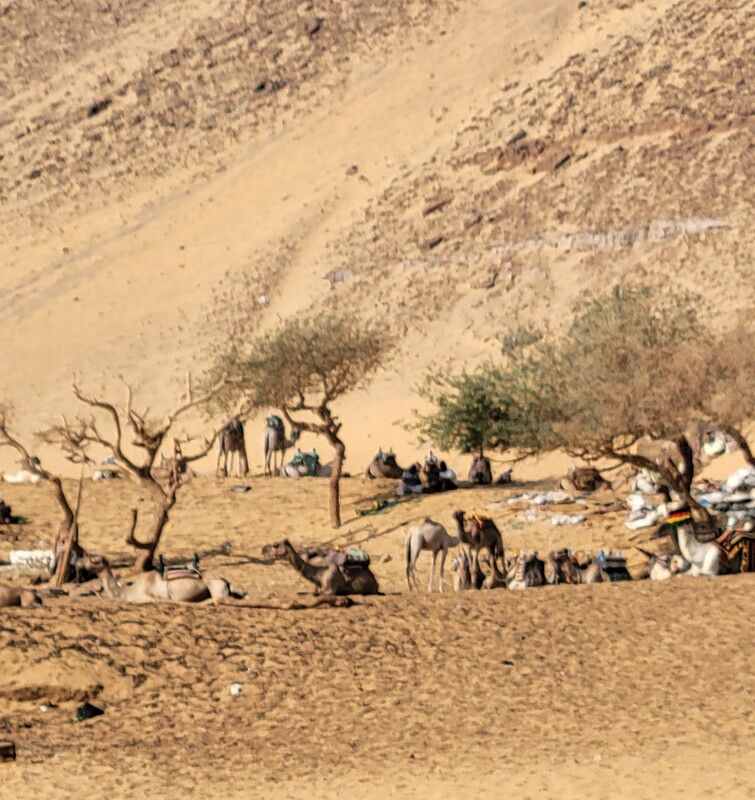
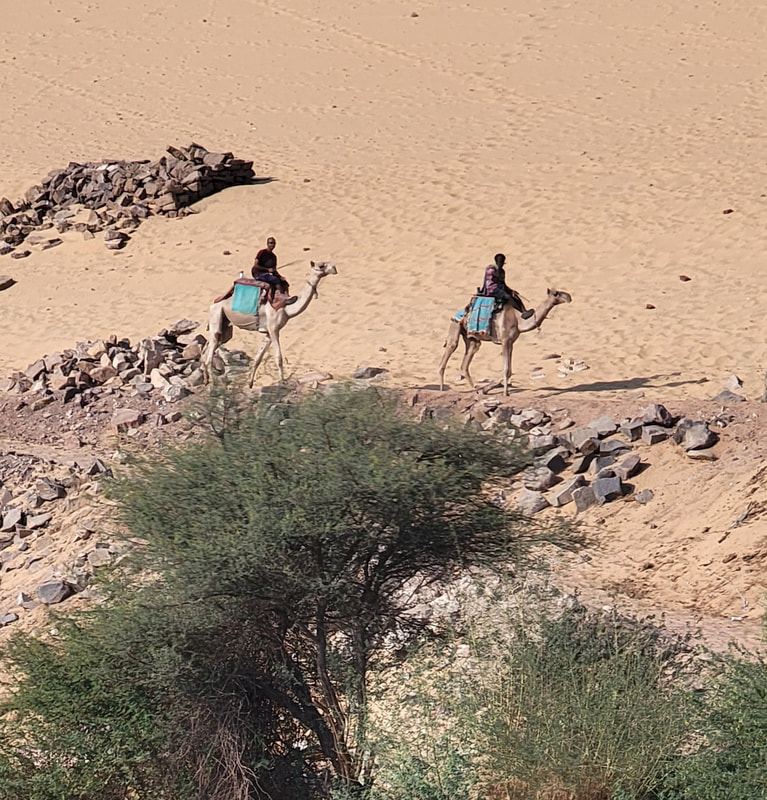
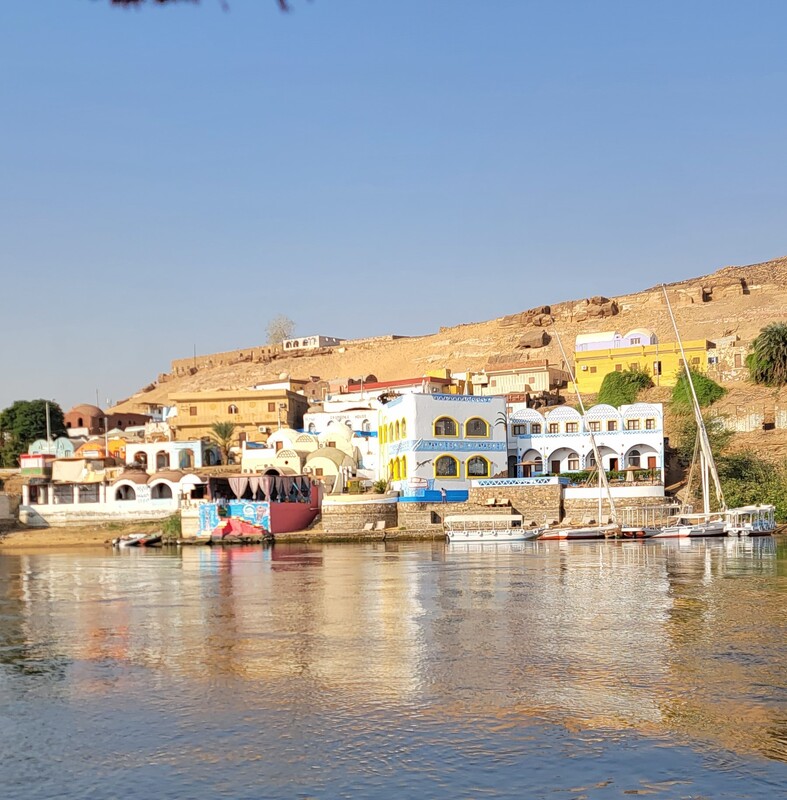
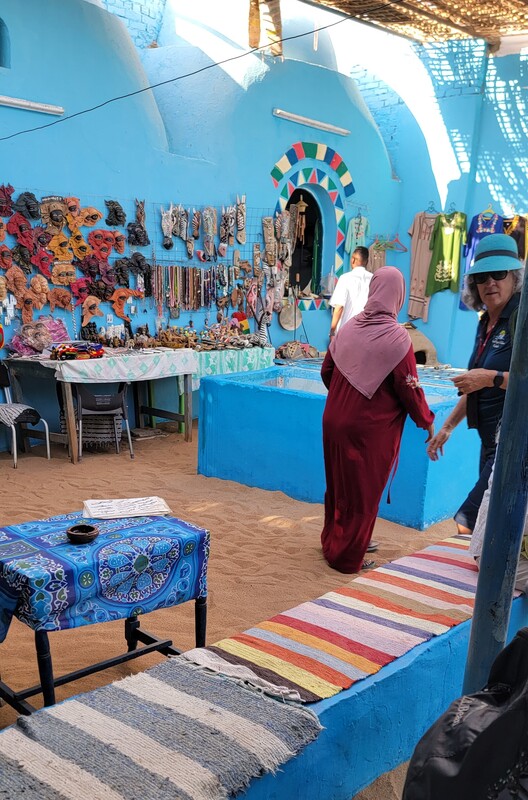
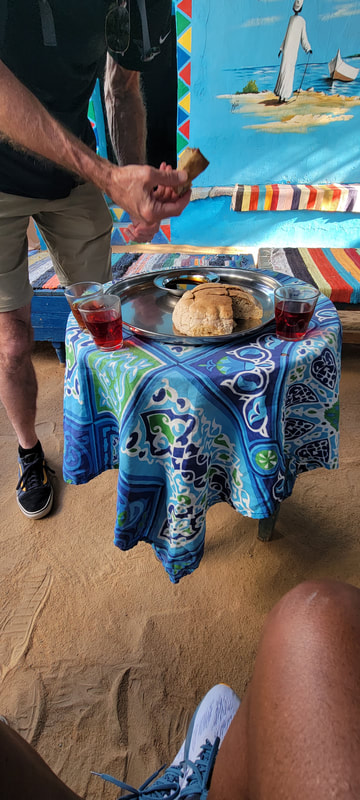
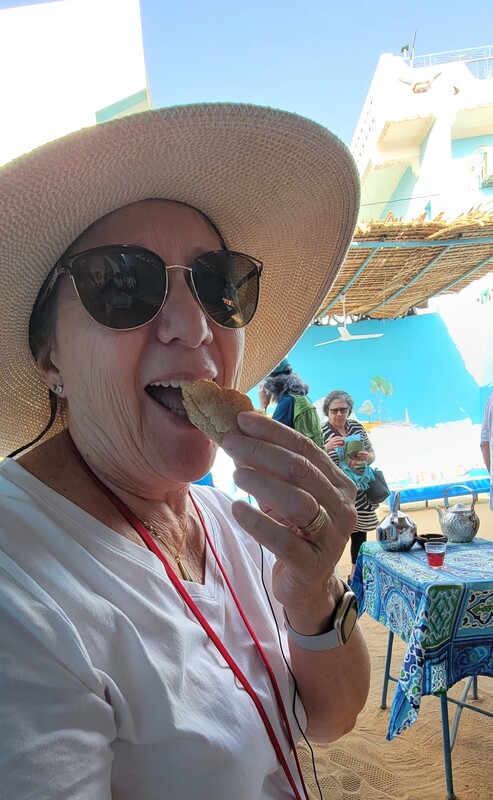

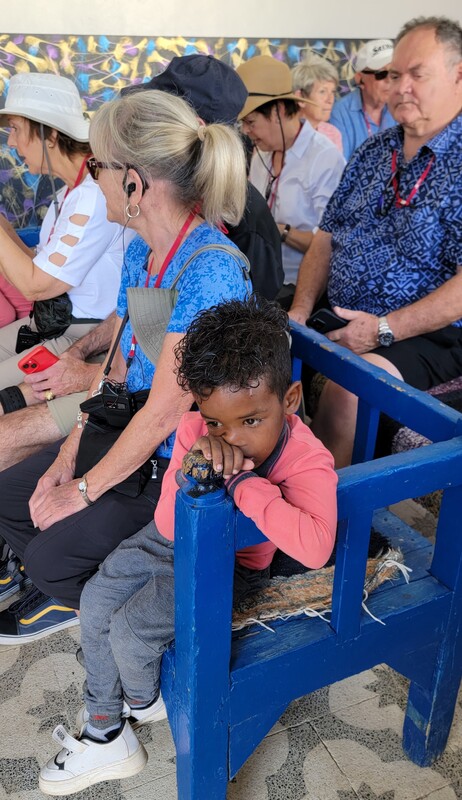

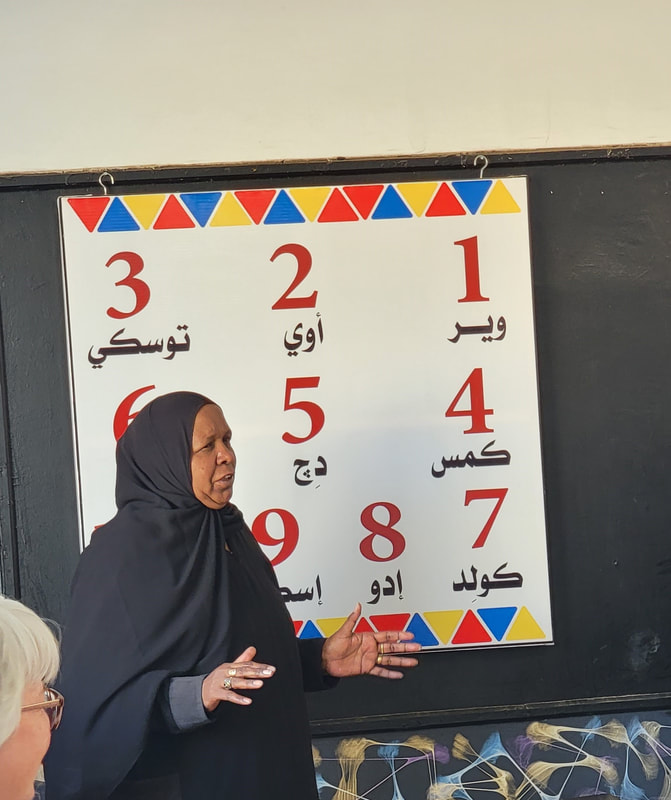



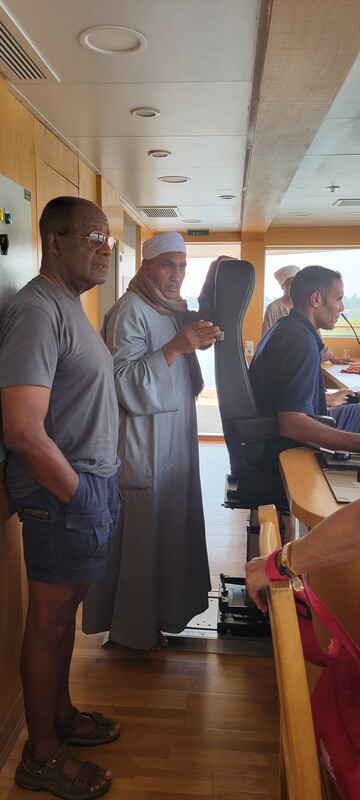
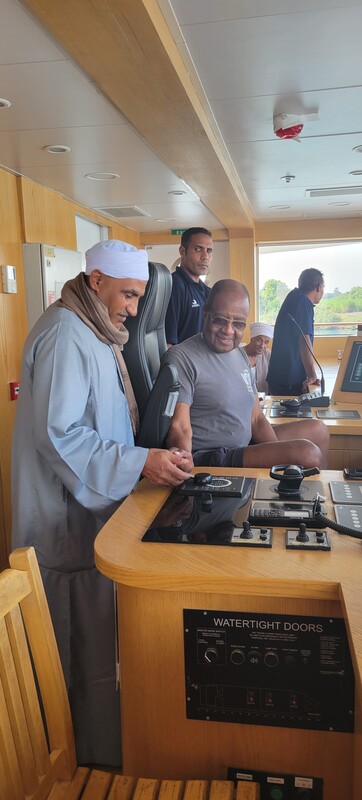
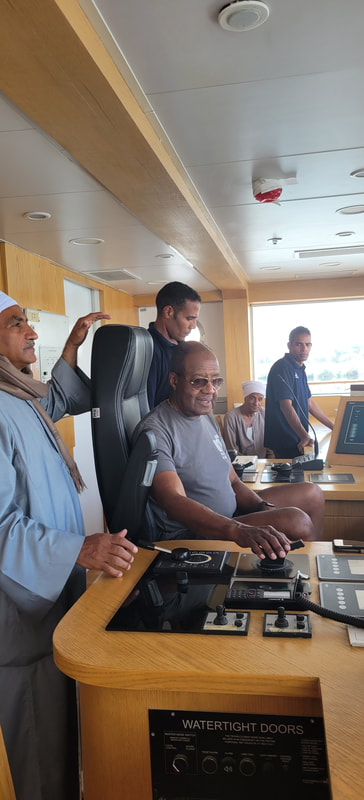
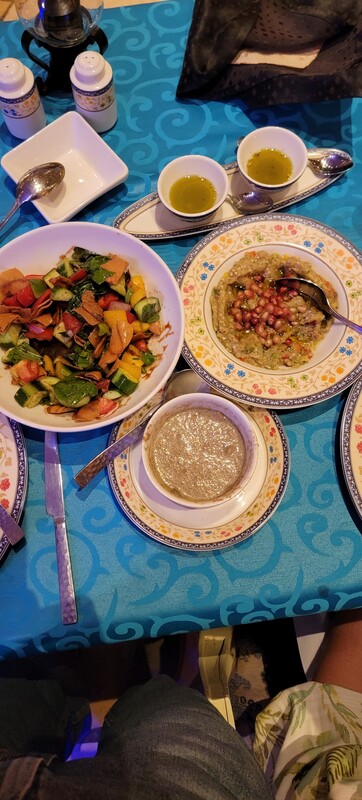
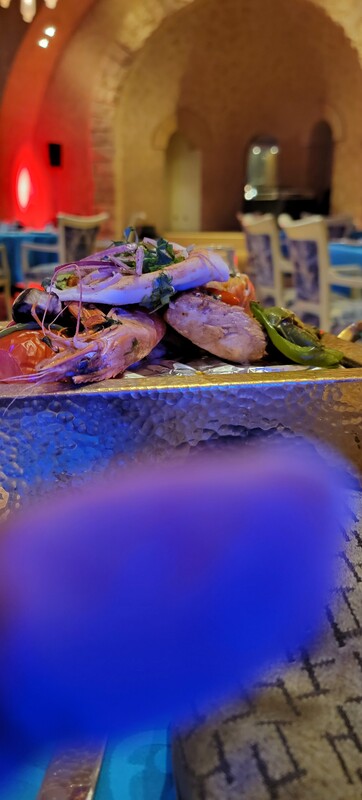
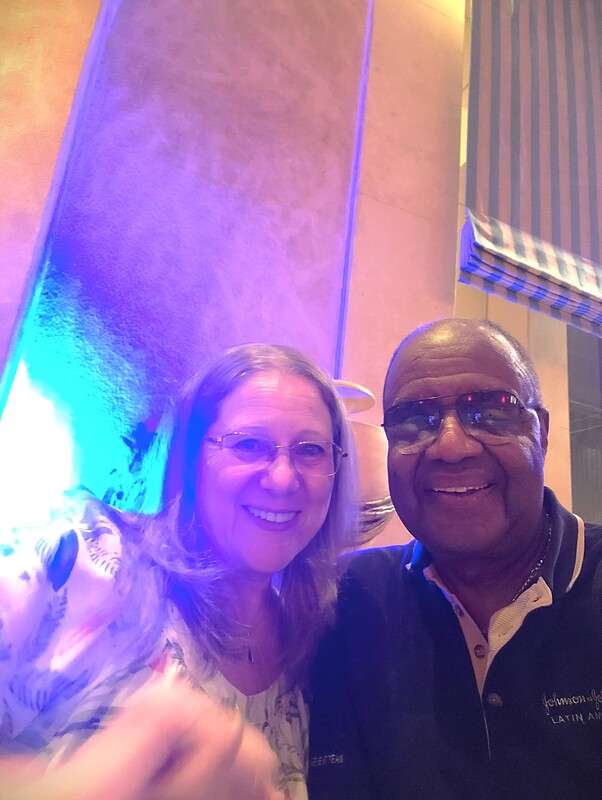
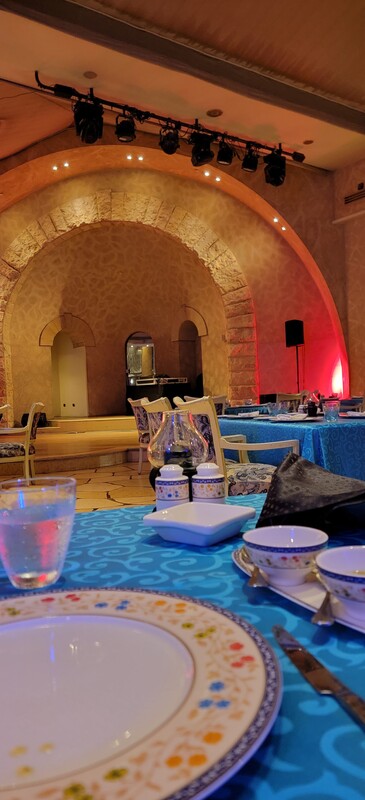

 RSS Feed
RSS Feed